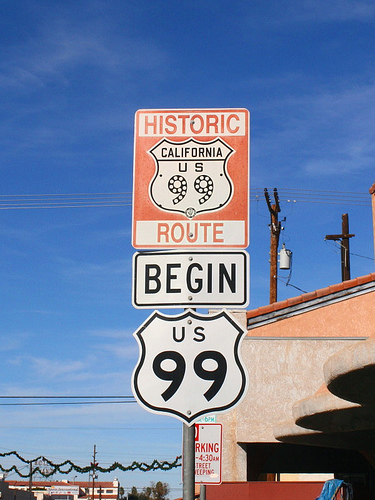Today I want to tell you a story.
Once upon a time, there was a beautiful river nestled in the middle of a peaceful forest just a few miles away from the village. Only a select few weathered and experienced village fishermen knew that this river was chock full of fish: trout, bass, you name it. It was their secret – and they preferred to keep it that way. They could drive up there in the weekends knowing that they would come home with a great haul. One day, a news reporter from the city nearby did a story about the wonderful bounty in this river. “If you like fishing – she said – this is a “must try” place”. Soon after the story aired, the village fishermen that had been coming to the spot for years, were surprised to find hundreds of people fishing at the same spot. They soon came to the realization that their fishing trips would never be the same again. Eager folks started fighting over spots and arguing with each other. Instead of going home with the best fish this river had to offer, they started settling for what was left. Everyone went home unhappy. The End.
Almost every real estate investor out there, long term or not, starts their investment property search by looking at bank owned foreclosures. The reasons are obvious. You are taught that to make an investment work you have to find a good deal – one that is priced well below the current market value. And if you want a great deal like that, foreclosures are the place to be. I understand that line of thinking and those motivations. But let me fill you in on what the reality of the bank foreclosure submarket is:
- EVERYONE is fishing in the foreclosure river. The “news story” on this has been out awhile and the demand has already skyrocketed. So what happens when demand is high and supply stays the same? Price goes up. Basic economics. If you don’t believe me, try to make an offer on 10 bank foreclosures in any city. I am willing to bet that 9 out of 10 properties will have multiple offers. This results in sales prices that are often higher than asking by as much as 10%. So that great deal you thought you were getting, is looking less and less shiny.
- Over 90% of foreclosure inventory is not investment grade. This may come as a shock to many, but the overwhelming majority of foreclosure properties aren’t good deals. They might be selling at market value even if they still need work to be in market condition, or discounted just enough to account for the rehab. Why would you pay market value and get a rehab project to boot.
- Investors’ selection is limited to leftovers. A large percentage (over 50%) of foreclosure properties in the market today are FannieMae/Freddie Mac or HUD owned. Because the government wants to promote home ownership, they usually have a “first look” or owner occupied exclusive period. That means, for the first 14-30 days these properties are on the market, only buyers that are planning on living in the homes are allowed to bid. Investors don’t even get a shot during this period. So really, the inventory you can go after is what the homeowners didn’t buy – or what’s left over.
- Banks aren’t known for their flexibility. Most banks (the eight that are left anyway 🙂 ) strictly refuse to contribute in ways that would help an investors rate of return tremendously. For instance, they will agree to lower the price by $2,000 but won’t agree to pay $2,000 in closing costs at the asking price. Same thing with home warranty costs. Pointless I know. This matters in the context of a portfolio made of several properties. The money you save on closing costs on your portfolio may give you the capital to purchase an additional property that increases the return and the cashflow you will enjoy once the strategy has been executed.
So what’s my recommendation? Fish upstream. Remove the blinders that are arbitrarily making you pick a long term investment using a short term metric like built in equity. Open up your selection of properties to include new construction homes, retail sales as well as well taken care of foreclosures. Then make a selection based on which property you would rather hold in 10+ years.




So true. Thanks for sharing .
Pingback: What the Houston real estate market recovery means for real estate investors